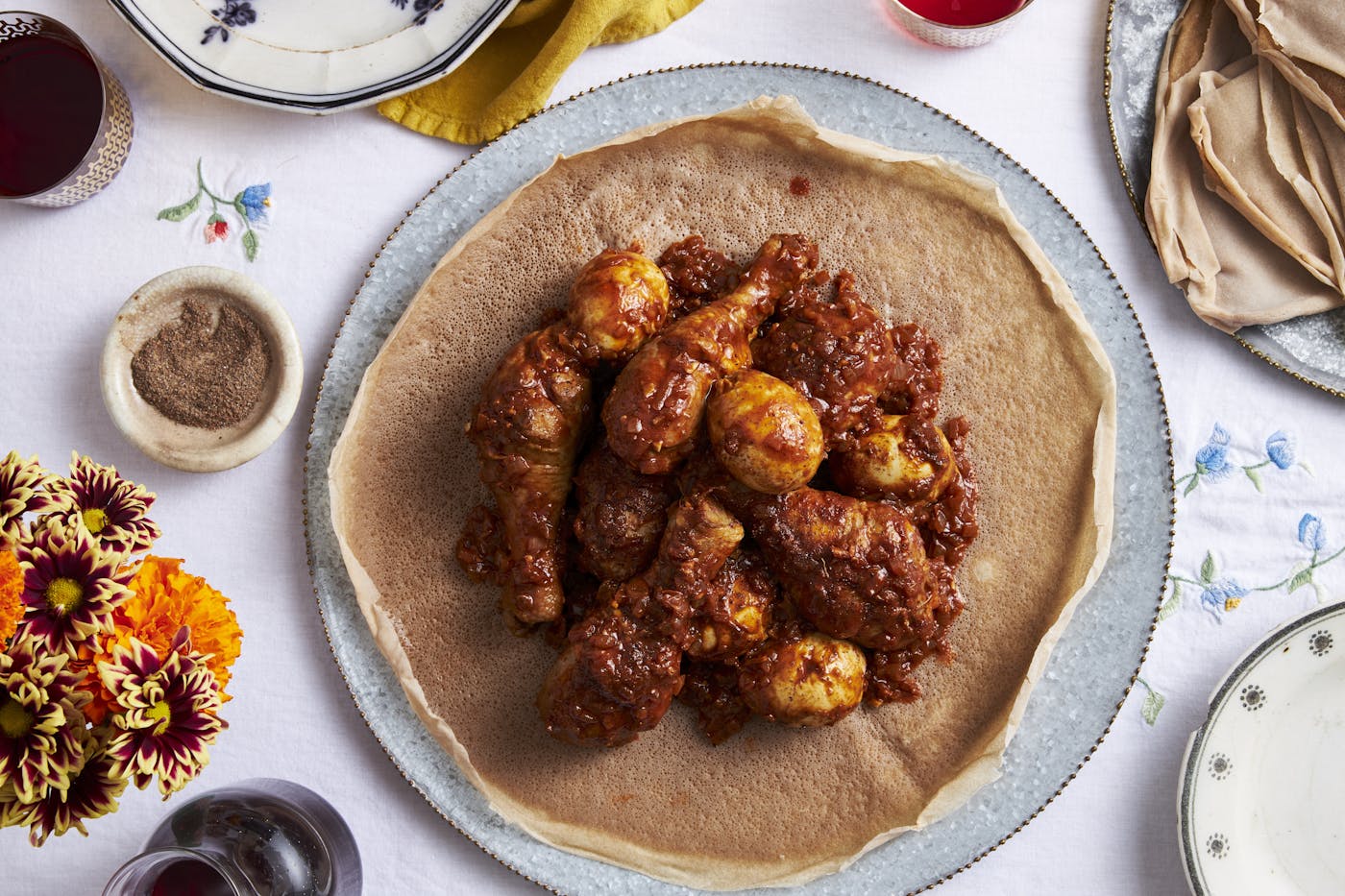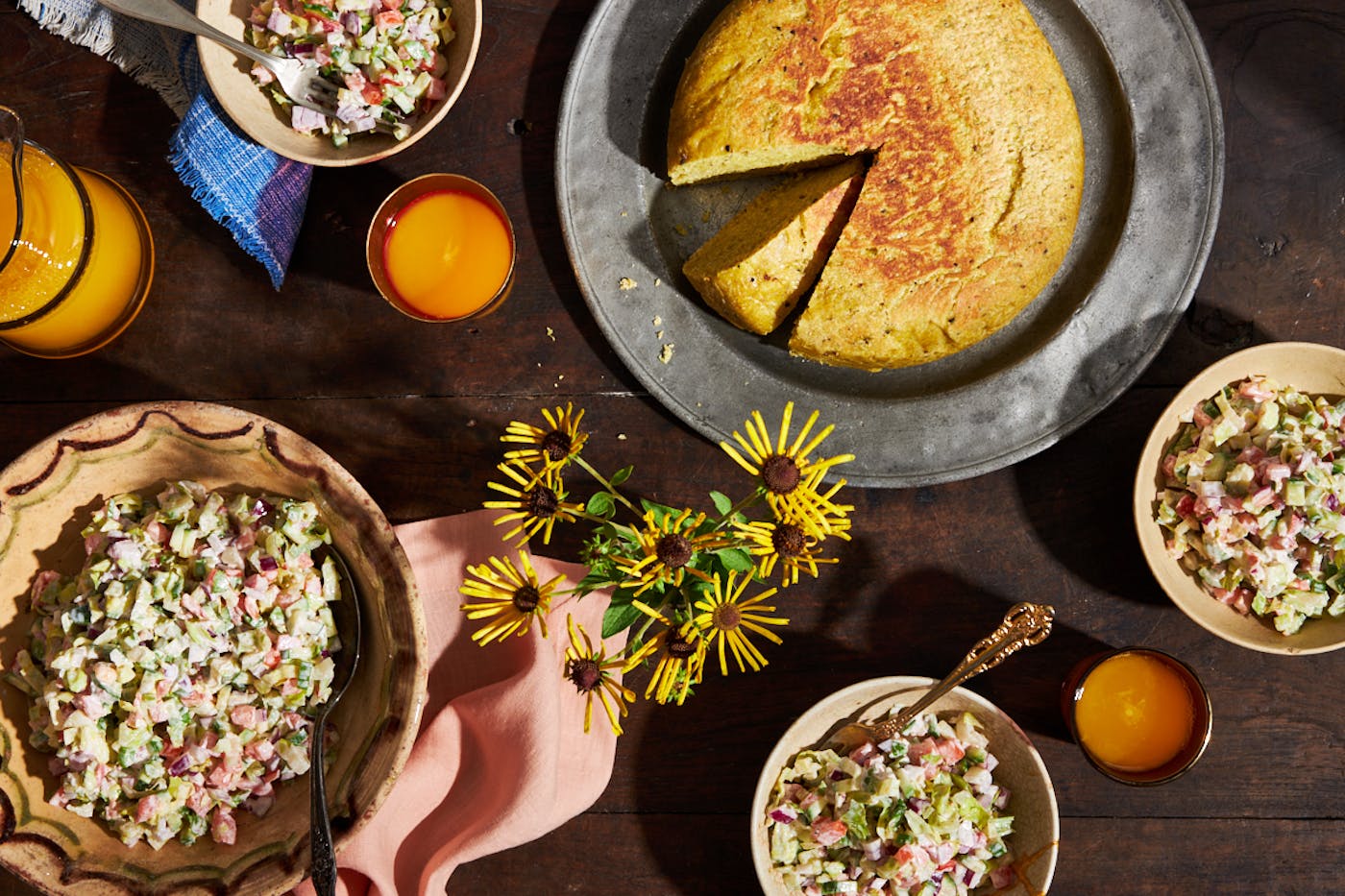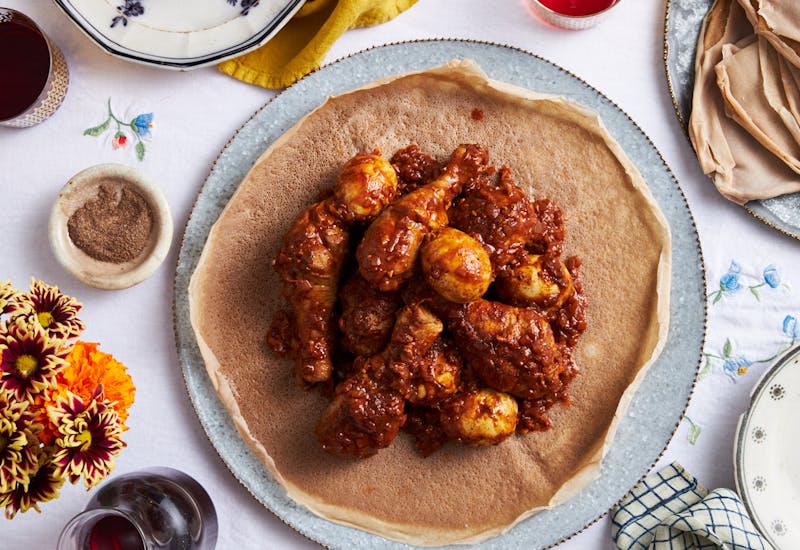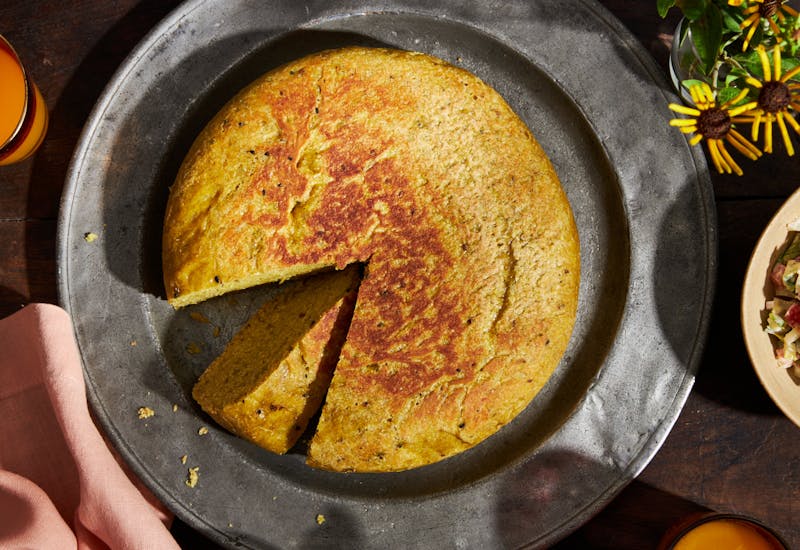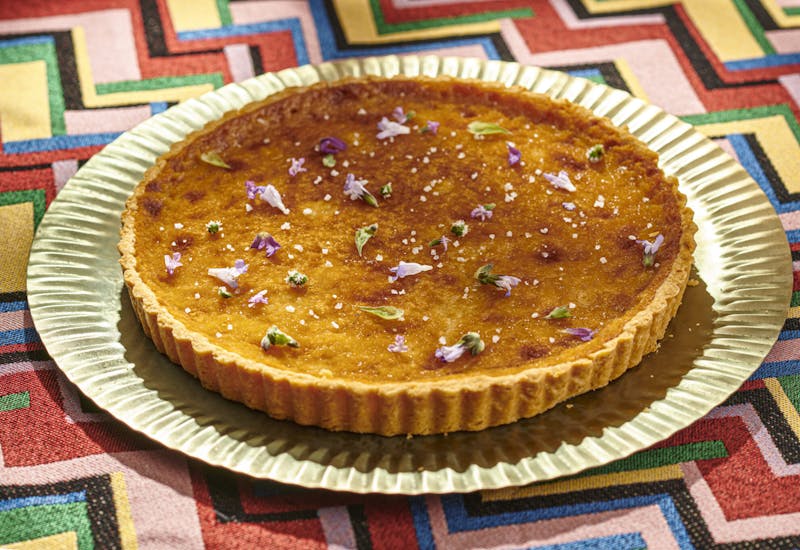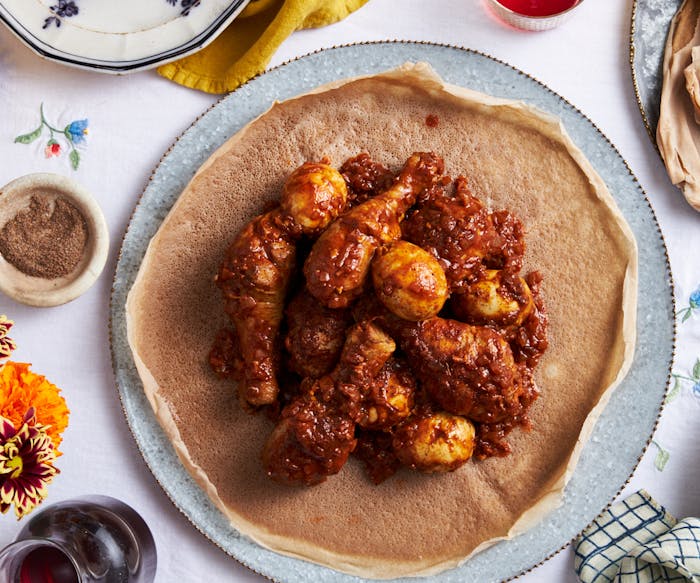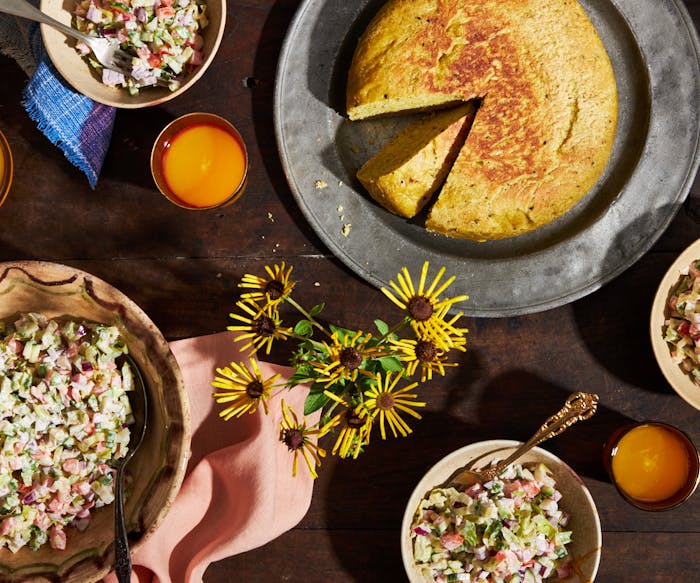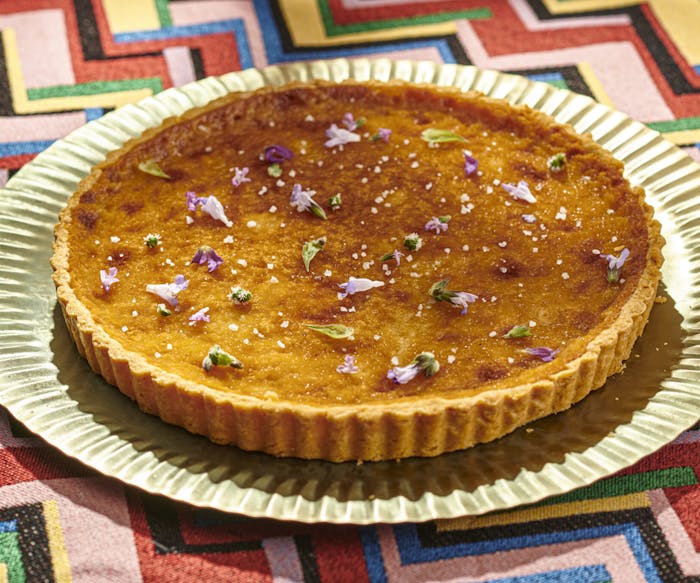Everyone who lived in the Israeli absorption center Elazar Tamano called home in the early 1990s was a new immigrant or the child of one — like him. But at school, Elazar was one of only a handful of Ethiopian students. Teachers didn’t understand them or their parents, he shares, and they were bullied by other kids. It was so bad that the group started looking out for one another when they were only 6-years-old. The feeling of not being as good as everyone else set in and haunted Elazar.
Like many in the Ethiopian Jewish community, his father Melaku had long yearned for Jerusalem. Tortured and imprisoned for his Zionist efforts, he worked with the Mossad for years to find a path to Israel for him and his children, as well as others in the community. He moved first from Gondar in the north of the country to Addis Ababa where he met TsIge, a Christian widow with four children of her own and the two fell in love. She converted and together they fulfilled Melaku’s dream of coming to Israel, but had to leave loved ones behind. TsIge’s children weren’t able to come with them because they were Christian and one of Melaku’s children died of starvation on the journey.
The sharp contrast of the dream of reaching Zion with their reality was painful. Tslge was pregnant with Elazar when the couple arrived with four kids in tow to a life in a new language and a country that was largely unwelcoming to Black Jews. The 1996 news that the national blood bank had discarded samples from Ethiopian emigres for years due to fears of HIV/AIDS hit Melaku particularly hard — he felt rejected in his homeland. “Sometimes the dream is not what you expected,” Elazar says.
His family and community clung to Ethiopian culture in their town Kfar Saba, continuing traditions from home like regular gatherings that rotated from one home to another with guests giving money to the host to help offset the cost. For the Sabbath before a wedding, known as Shabbat Chatan, mothers made the tangy Ethiopian flatbread injera together and for special occasions, men took their turn, preparing the main dishes. To support everyone’s cooking, a community farm with ingredients from home was planted.
But again, Elazar felt apart. “I had an identity crisis,” he explains. “I didn’t have the anchor of the Ethiopian background like my brothers.” He felt most comfortable in Hebrew, but his father insisted Elazar learn Amharic and played games to draw him into the lessons. It made a big difference, Elazar recalls. Through speaking his parents’ mother tongue, he was able to build a stronger connection with them. His mother also taught him to cook recipes she knew from home and ones she learned from her husband’s family. When she returned to Ethiopia every year to see her children there, Elazar would cook for his father and himself, finding joy in the kitchen.
Outside of home, art helped Elazar cement his place and identity. His talent for drawing, which he calls his “superpower,” transformed him at school from a student who got into fights to one of the “cool kids.” It helped people see beyond his skin color, he shares.
As an adult he pursued it professionally, attending art school while working jobs in kitchens. In time, he came to see food like art, as a form of creative expression. He began to dig deeper into Ethiopian culinary traditions, noticing a vast difference between the delicately flavored recipes from his mother’s family and the bright and bold ones of his father’s — not so much because she was born as a Christian and he was Jewish, but because Melaku was from the country and Tslge the city.
Elazar’s learned from both and added his own touch, using local ingredients in dishes like an Ethiopian chicken stew that he finishes with tahini. He’s also riffed on the Ethiopian chickpea stew shiro, making it thicker like hummus. Today, most of his artistic work relates to the kitchen; it’s become a way for him to embrace and celebrate his Ethiopian-Israeli identity, he says. Fittingly, he calls it “Ethiopian with an Israeli accent.”
